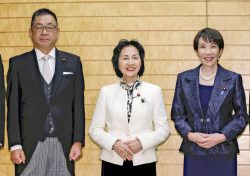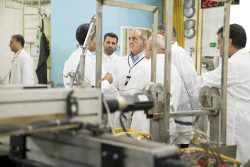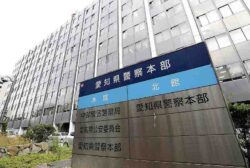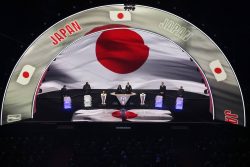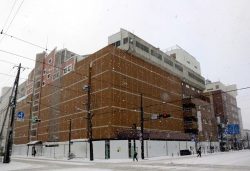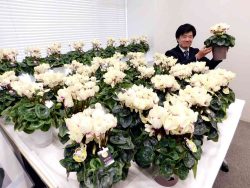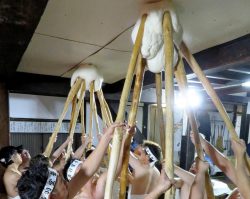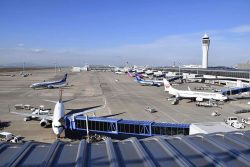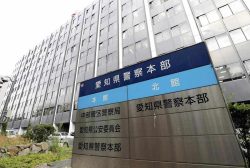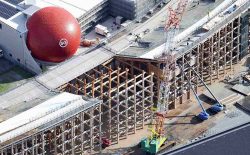
Prime Minister Fumio Kishida attends off-session deliberations at the House of Representatives Committee on Rules and Administration on Thursday when he announced details about former Prime Minister Shinzo Abe’s state funeral.
8:00 JST, September 17, 2022
Political polarization has grown among the Japanese people: Now we are seeing aggressive divisions over a state funeral for former Prime Minister Shinzo Abe.
A nationwide poll by The Yomiuri Shimbun conducted in early September found that only 38% of respondents approved of the government decision to hold a state funeral for Abe, while 56% disapproved.
Prime Minister Kishida couldn’t have predicted such strong opposition when he announced on July 14 that a state funeral would be held. “[Abe] made such great achievements. He is highly valued by the international community, including foreign leaders,” Kishida said at a press conference on that day.
His decision was well received in the Liberal Democratic Party and among conservative voters. Moreover, even opposition party leaders didn’t criticize it at first. Constitutional Democratic Party of Japan President Kenta Izumi said in a statement, “A state funeral is a solemn event, and we will pray and watch over it quietly.”
However, this mood of uplift lasted only a few weeks. Another poll conducted by the Yomiuri in early August showed that 46% of respondents disapproved of the government decision while 49% approved. Opposition parties were encouraged to display a stance of hostile criticism.
Where did this split come from? I could point out many political mistakes, such as a lack of explanation on the expenses and legal legitimacy of the funeral, or the LDP’s mishandling of revelations about members’ links to the Family Federation for World Peace and Unification (widely known as the Unification Church), especially since that link was relevant to Abe and his grandfather, past Prime Minister Nobusuke Kishi. However, I would like to discuss the division over the funeral as part of a much broader trend of political polarization.
Political polarization has already appeared in the United States. The Pew Research Center crafted an illuminating series of charts on the shifts in the American public’s political values in selected years from 1994 to 2017. Each chart shows a blue mass of Democratic voters distributed from left to right according to their political views, in a craggy approximation of a bell curve, with “consistently liberal” at one end and “consistently conservative” at the other. Each chart also shows a red mass of Republican voters arranged in the same way.
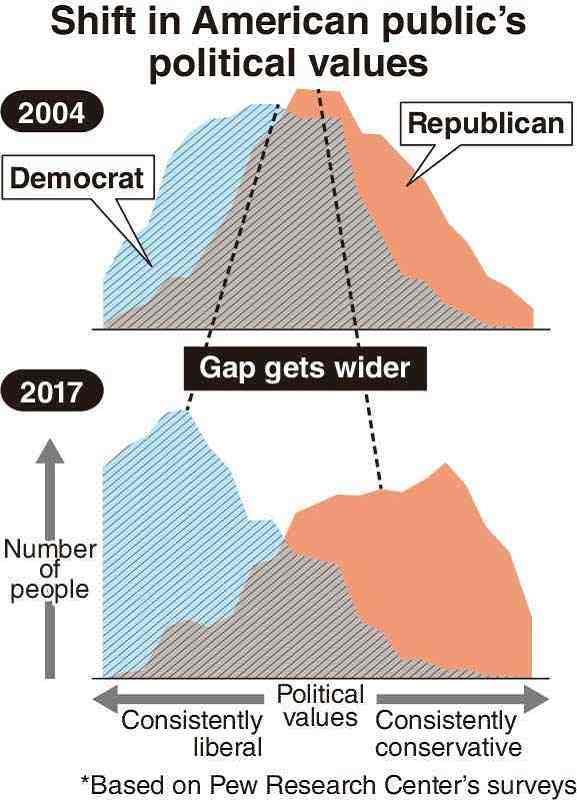
On the chart for 2004, the red and blue masses are visibly distinct, but they greatly overlap. In fact, the positions of both the “median Democrat” and the “median Republican” are shown near the center of the chart.
The chart for 2017 shows a dramatic contrast, with the area of overlap shrinking as the red and blue bell curves shift away from the center — and pull away from each other — with the median Democrat moving left and the median Republican moving right.
How did this political polarization unfold? Based on the Pew Research Center’s charts, polarization advanced during the administration of former U.S. President Barack Obama, particularly in terms of the median Republican moving right. Experts say that many of them were white workers who used to be Democrats. These voters were angry at initiatives put forward by liberal political elites on issues such as globalization, climate change and immigration, which they believed took away their jobs and made them poor.
Then during the administration of former U.S. President Donald Trump, the median Democrat moved further to the left. These voters were angry at his America First agenda, such as his anti-immigrant campaign and embrace of the coal industry.
In addition to political events, experts believe the rapid spread of social media played a significant role in this political polarization. Social media creates echo chambers in which users become enveloped in biased information and news reflecting their own political ideology, chosen for them by the social media’s algorithm. Isolation from diverse information and news sources makes their political positions increasingly extreme.
The polarization has brought great consequences. Majorities in both parties don’t want to be good friends, or even neighbors, with supporters of the other party. In fact, Democrats tend to live in big-city apartments while Republicans tend to live in rural or suburban houses. Very few have friends who have opposite political values. Experts call this phenomenon the “tribalization of political ideology.”
In short, political polarization creates echo chambers even in the real world by dividing people as if into tribes.
Now we see a similar trend in Japan. During the Democratic Party of Japan (DPJ) administration from 2009 to 2012, many independent voters were disappointed at the DPJ’s lackluster performance and moved to the right, similar to white American workers in the Obama era. These conservative independents have helped the LDP to win national elections since 2012.
And then, during the little less than eight years of the second Abe administration, the left wing moved further to the left, similar to American liberals in the Trump era.
With regard to social media, some liberal voters have gone to extremes with their tweeting. They have often organized and participated in online Twitter demonstrations against policies that Abe crafted, and now they are even trying to spoil his state funeral.
Along with this split on the state funeral for Abe, the approval rating of the Kishida Cabinet dropped to 57% in the August poll, an eight-point fall from the previous poll conducted one month earlier. It has since declined further to 50% in the latest Yomiuri poll in September.
Kishida had enjoyed high approval ratings until the July 10 upper house election. In the Yomiuri poll conducted in June, his Cabinet’s approval rating was 64%. One reason for Kishida’s popularity is that independents supported him. In the June poll, 46% of independents approved of him while 37% disapproved. It contrasted strikingly with the latter part of the Abe era. In a poll in August 2020, only 15% of independents approved of Abe while 75% disapproved. Those poll data suggest that plenty of independents viewed Kishida, who stresses his ability to listen to people’s voices as his strong point, as different from Abe. In brief, distinguishing himself from Abe had been well received among independents.
However, only 27% of independents approved of Kishida this month while 60% disapproved. It’s likely that his decision to hold a state funeral for Abe changed independents’ minds. It was believed that this summer’s upper house election victory would give Kishida “three golden years” without national elections, letting him advance the policies he gives priority to. But to the contrary, the Kishida administration is entering a crucial stage where his political strength will be tested.
Political Pulse appears every Saturday.

Satoshi Ogawa
Ogawa is the editor of the International News Department of The Yomiuri Shimbun.
"Editorial & Columns" POPULAR ARTICLE
-

Corporate Interim Earnings: Companies Must Devise Ways to Overcome Trump Tariffs
-

Violations of Subcontract Law: Major Automakers Must Eliminate Old Practices
-

Local Governments’ Tax Revenues: Devise Ways to Correct Imbalances in Tax Sources
-
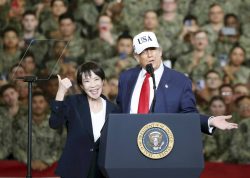
Takaichi’s Summit with Economics-Minded Trump Successfully Advanced Japan’s Security Interests
-

New Nuclear Threat: China Seeking to Follow U.S., Russia in Military Expansion
JN ACCESS RANKING
-

Govt Plans to Urge Municipalities to Help Residents Cope with Rising Prices
-

Japan Prime Minister Takaichi Vows to Have Country Exit Deflation, Closely Monitor Economic Indicators
-

Japan to Charge Foreigners More for Residence Permits, Looking to Align with Western Countries
-

Essential Services Shortage to Hit Japan’s GDP By Up to ¥76 Tril. By 2040
-

Japan GDP Down Annualized 1.8% in July-Sept.



